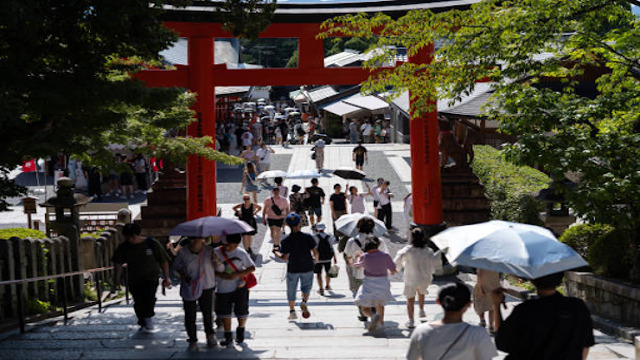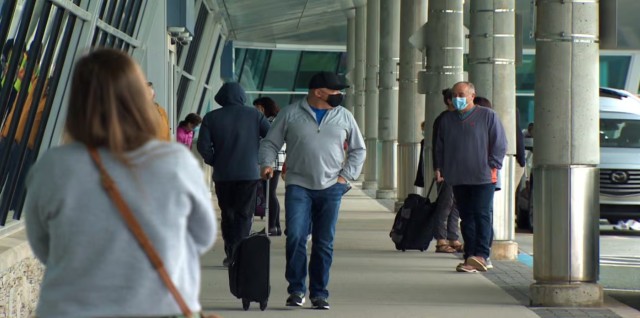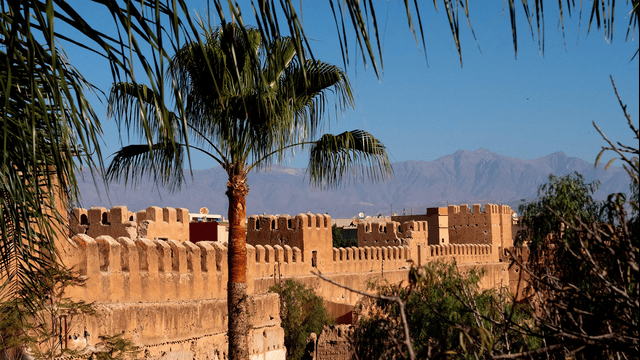
Tourists stroll through the iconic torii gate at Kyoto's Fushimi Inari Shrine on August 8, 2024. Getty Images
Kyoto, Japan, has become the latest city to take drastic measures to tackle the rising issue of overtourism, following in the footsteps of cities like Barcelona. Known for its rich history and stunning landmarks, Kyoto attracts millions of tourists each year. However, the city's charm has also led to overcrowding and disruptive behavior in certain popular areas, prompting officials to take action.
In response, Kyoto has decided to close off some side streets, including the famous Gion district, which is renowned for its traditional geisha culture. This move aims to preserve the city's heritage and reduce the negative impact of mass tourism. The restrictions on tourist access to certain alleys in Gion are set to begin in April 2024. Isokazu Ota, an executive member of the Gion district council, expressed the city's frustration, stating, "We don't want to do this, but we're desperate."
The decision to implement these restrictions comes after growing concerns about tourists' behavior in Kyoto's most popular spots. Despite previous attempts to control the situation through fines—some reaching up to 10,000 yen—the behavior of some visitors continued to cause disturbances. Officials believe that without stronger measures, the city's cultural heritage and local residents' quality of life could be further impacted.
The move to limit access to certain areas reflects a broader trend in cities around the world that are grappling with the challenges posed by mass tourism. Cities like Barcelona have also introduced similar measures, such as closing off popular streets and increasing taxes on lodging, in an effort to balance tourism with the well-being of their residents.
Kyoto's new measures are aimed at ensuring that its cultural treasures remain protected while still welcoming responsible tourists. The decision has sparked mixed reactions, with some visitors expressing disappointment over the restrictions, while others understand the need for preservation. As Kyoto continues to struggle with overtourism, it remains to be seen whether these measures will successfully restore balance between tourism and local life.
Tourism has long been a significant part of Kyoto's economy, drawing visitors from around the globe to admire its temples, shrines, and traditional districts. However, the volume of tourists has increasingly become a source of stress for the city. Local authorities are now looking for ways to manage the situation without sacrificing the city's appeal to visitors.
As the city adjusts to these changes, it will be interesting to see how this strategy plays out and whether other popular destinations will follow Kyoto's lead in implementing similar measures.















